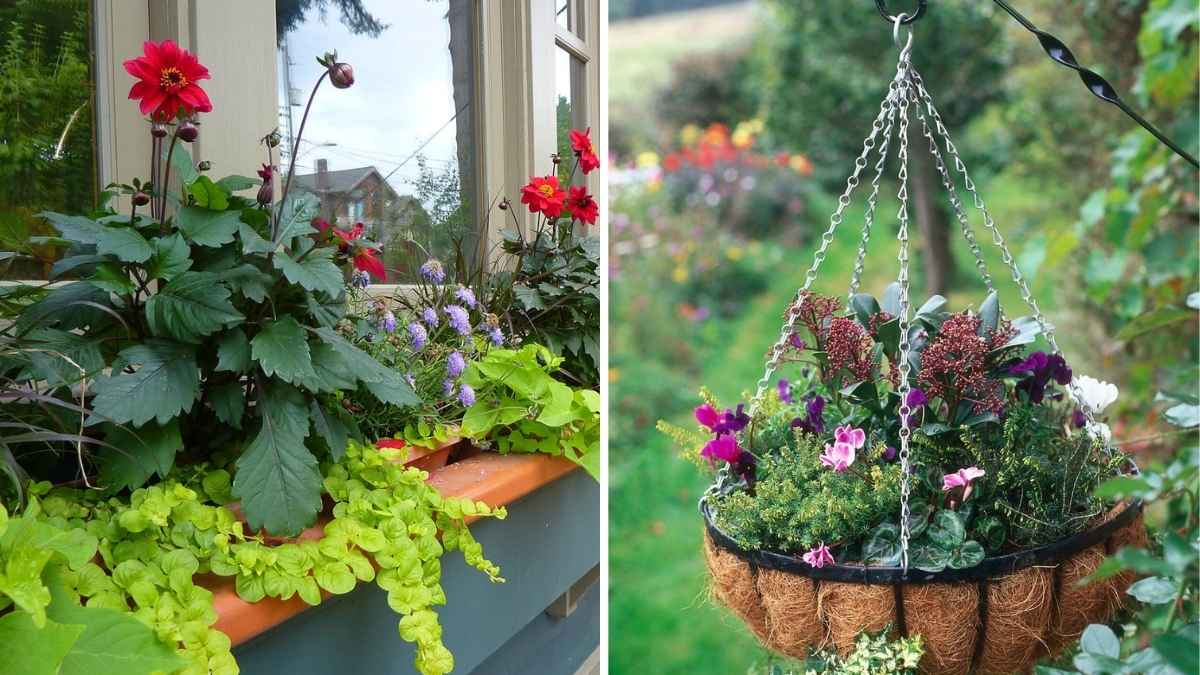Starting a micro-garden at home is easier than most people think. Even if you live in an apartment or have limited outdoor space, a tiny corner, balcony, or windowsill can become a thriving green oasis. Micro-gardening is perfect for growing fresh herbs, vegetables, and flowers while adding beauty, life, and freshness to your home. It’s also budget-friendly, beginner-friendly, and a fun way to spend your free time. Here are ten easy ways to create your own micro-garden at home.
Why Micro-Gardening is Worth Trying
Before you begin, it’s helpful to know why micro-gardening is so popular:
- Fresh produce at home: You can grow your own herbs, vegetables, and leafy greens for cooking.
- Space-saving: Even a small balcony, kitchen corner, or sunny windowsill can host a garden.
- Stress relief: Gardening is calming and has mental health benefits.
- Learning opportunity: It helps you learn about plant care, soil, and natural growth cycles.
- Budget-friendly: You can reuse containers and start small without expensive tools.
- Aesthetic appeal: A tiny garden brings life and color to your home environment.
Even a small collection of plants can brighten your space, improve air quality, and give you a sense of accomplishment.
1. Window Sill Gardens
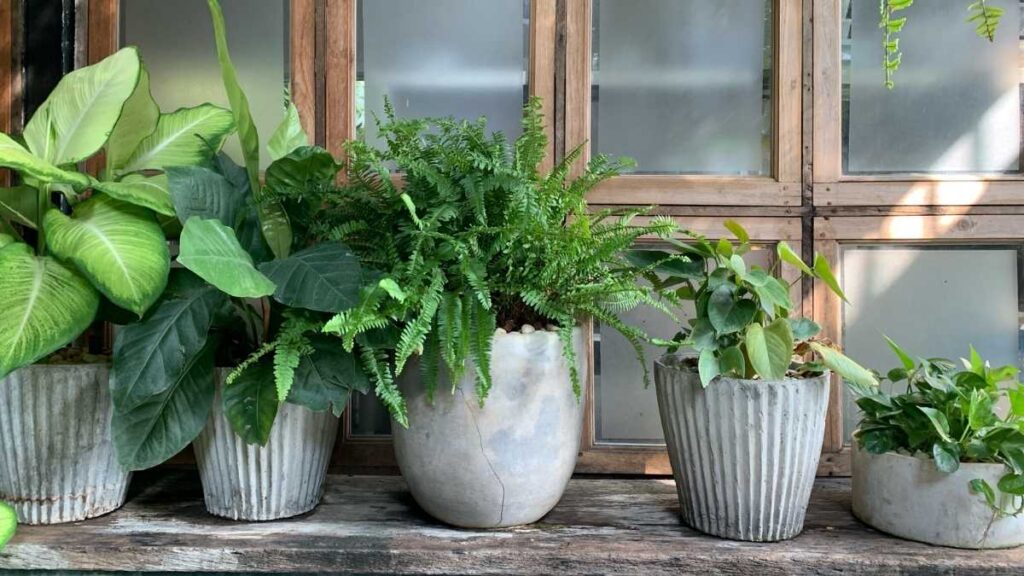
Windowsills are perfect for small, indoor-friendly plants. You don’t need a lot of space to grow herbs or decorative greens.
- Choose windows that get at least 4–6 hours of sunlight per day.
- Use small pots to grow herbs like basil, parsley, or chives.
- Make sure pots have drainage holes to prevent waterlogging.
- Rotate the pots every few days to ensure all sides receive sunlight.
Pro Tip: Combine several herbs in one decorative tray to make a mini herb garden that looks great and smells amazing.
2. Container Gardening
Container gardening is one of the easiest ways to start, especially if you don’t have a backyard.
- Use pots, buckets, or recycled containers.
- Fill them with high-quality soil and plant vegetables, flowers, or herbs.
- Containers can be moved depending on sunlight, weather, or convenience.
- Ideal for balconies, patios, or small outdoor spaces.
Pro Tip: Pick colorful containers or decorate them to brighten your space while gardening.
3. Mason Jar Herb Garden
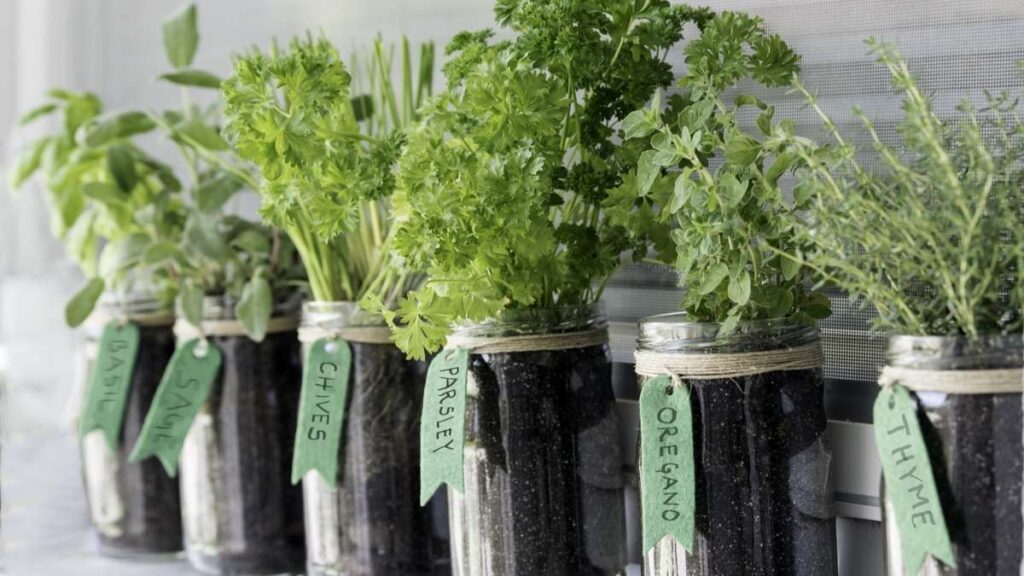
Mason jars are stylish and functional, perfect for a windowsill or kitchen counter.
- Plant small herbs like mint, cilantro, or thyme.
- Fill jars with good potting soil and ensure proper drainage.
- Water lightly and place near sunlight.
- You can hang jars using hooks to save counter space.
Pro Tip: Label each jar with the herb name for easy identification and a tidy appearance.
4. Hanging Planters
Hanging planters make use of vertical space and add a decorative touch.
- Hang pots from the ceiling, balcony railing, or wall brackets.
- Suitable for trailing plants, small flowers, or cherry tomatoes.
- Keeps plants off the floor and frees up space below.
Pro Tip: Arrange pots at different heights for a visually appealing effect. Mixing colors of flowers adds extra charm.
5. Vertical Gardens
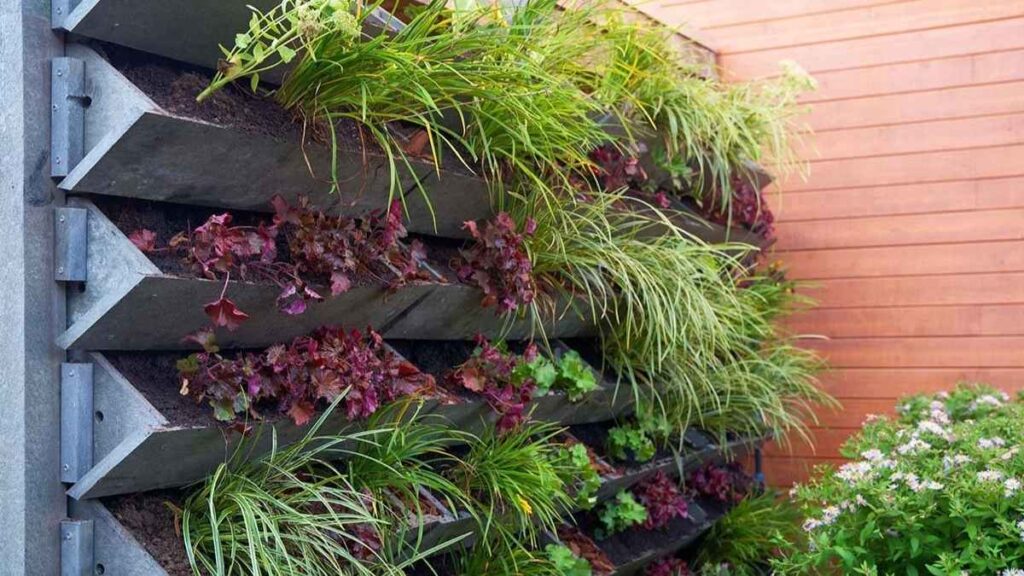
Vertical gardens are a great solution if floor space is limited.
- Use wall pockets, shelves, or hanging organizers to plant herbs, lettuce, strawberries, or flowers.
- Allows multiple plants to grow in a compact area.
- Adds greenery and texture to otherwise empty walls or corners.
Pro Tip: Group plants with similar water and sunlight needs together to make care easier.
6. Repurposed Household Items
You don’t need fancy containers many household items can be reused as planters.
- Old cans, teapots, jars, or plastic bottles can be transformed into plant containers.
- Make small holes at the bottom for drainage.
- Perfect for budget-friendly and eco-friendly gardening.
- Adds a creative touch to your micro-garden.
Pro Tip: Paint or decorate the containers to give your garden a personal and stylish look.
7. Small Raised Beds
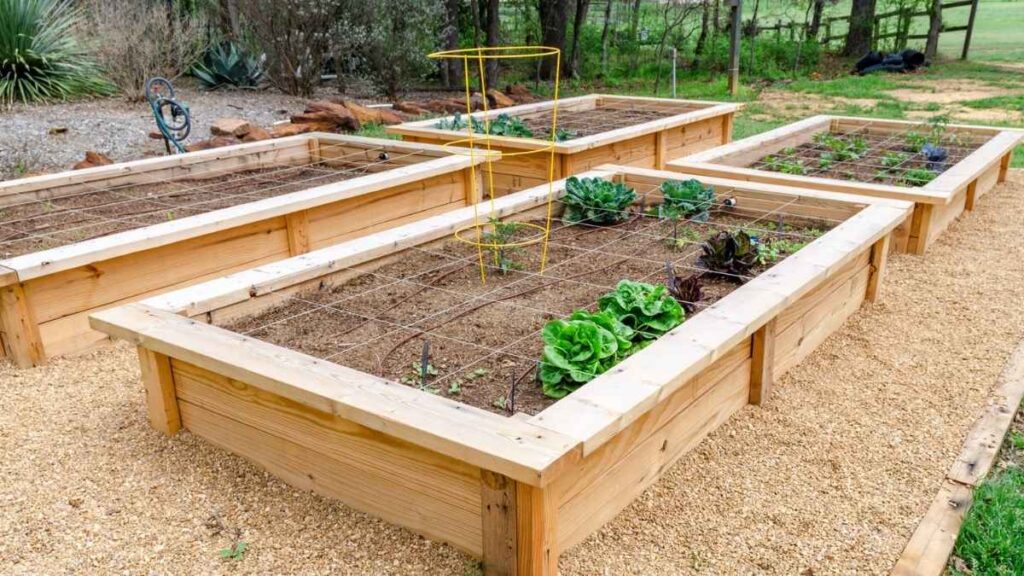
Even a tiny balcony or backyard corner can host a raised bed.
- Raised beds give better soil control and make gardening easier.
- Ideal for vegetables like carrots, radishes, leafy greens, or herbs.
- Can be built with wood, bricks, or store-bought kits.
- Easy to water and maintain.
Pro Tip: Add compost or organic matter to enrich soil and boost plant growth.
8. Grow Microgreens
Microgreens are young vegetables harvested a few weeks after sprouting.
- They are highly nutritious and grow quickly in shallow trays.
- Perfect for indoor micro-gardens on counters or windowsills.
- Examples: arugula, broccoli, radish, sunflower, and kale.
- Harvest in 2–3 weeks for fresh, tender greens.
Pro Tip: Rotate trays for even sunlight and better growth. Microgreens are also great for garnishing meals.
9. Hydroponic Micro-Gardens
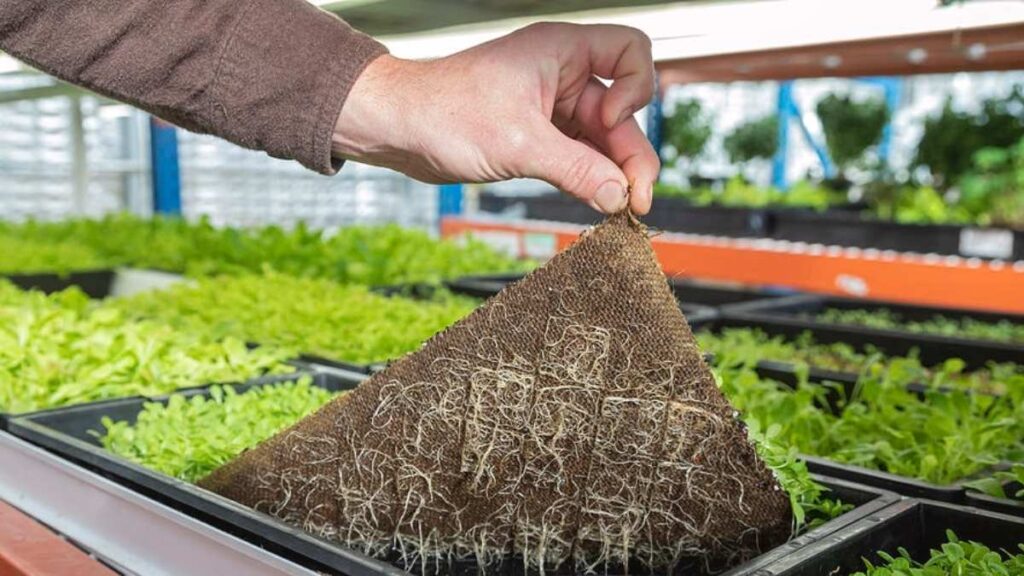
Hydroponics is soil-free gardening using water and nutrients.
- Small indoor kits are perfect for apartments.
- Ideal for herbs and leafy greens.
- Space-efficient and often faster-growing than soil gardening.
Pro Tip: Use LED grow lights if natural sunlight is limited. Hydroponics is beginner-friendly and requires minimal space.
10. Smart Containers
Smart containers are perfect for beginners or those with busy schedules.
- These containers have built-in watering systems or sensors.
- Monitor moisture, sunlight, and plant health automatically.
- Helps plants thrive with minimal effort.
Pro Tip: Pair smart containers with decorative pots to make your micro-garden functional and beautiful.
Extra Tips for a Thriving Micro-Garden
To make your micro-garden successful, keep these tips in mind:
- Start small: Focus on a few plants before expanding your garden.
- Know your sunlight: Choose plants based on the light your space receives.
- Use quality soil: Good soil improves plant growth and health.
- Water correctly: Avoid over or under-watering your plants.
- Fertilize naturally: Organic fertilizers work best for healthy plants.
- Mix textures and colors: Combine leafy greens, herbs, and flowers for visual appeal.
- Document your progress: Take photos and notes to track growth and improvement.
- Keep it safe: Avoid placing heavy pots where they can fall or cause accidents.
Micro-gardening is not only practical but also fun. It allows you to enjoy fresh produce, improve air quality, and make your home a more vibrant place. With a little patience, creativity, and care, anyone can grow a beautiful micro-garden at home.
Conclusion
Micro-gardening proves that you don’t need a backyard to enjoy the benefits of gardening. From windowsills to vertical gardens, hanging planters to hydroponics, there’s an option for every space and lifestyle. Each method is beginner-friendly, budget-friendly, and brings freshness and life into your home.
Start small, experiment, and enjoy watching your plants grow. Whether for fresh herbs, edible greens, or beautiful flowers, a micro-garden can make your home more peaceful, green, and enjoyable. Your tiny garden can become a source of pride, relaxation, and joy right in the comfort of your own home.
